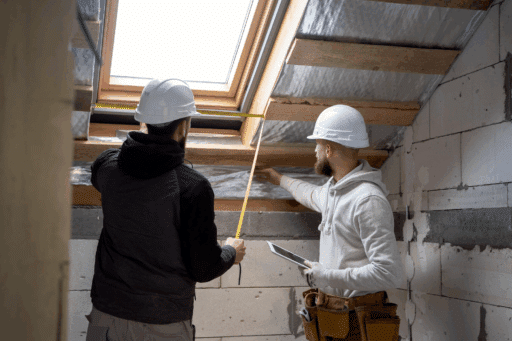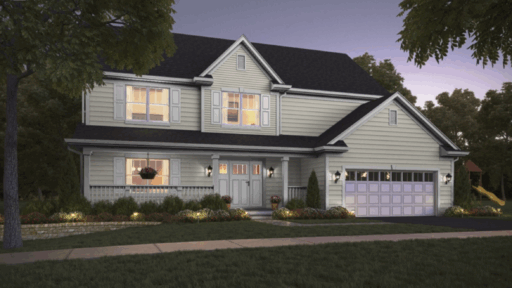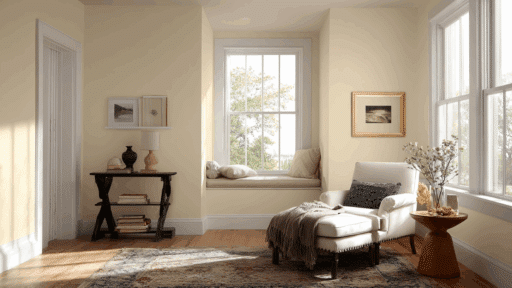Your home’s roof serves as the primary defense against the elements, protecting your family and belongings from rain, wind, snow, and harsh sunlight. However, like any part of your home, roofs deteriorate over time and can develop problems that, if left unaddressed, may lead to costly repairs or even complete replacement. Learning to identify potential roofing issues early can save you thousands of dollars and prevent extensive damage to your home’s interior.
Understanding the Importance of Regular Roof Inspections
Regular roof inspections are crucial for maintaining your home’s structural integrity and value. Most homeowners should conduct basic visual inspections at least twice a year, typically in spring and fall, with additional checks after severe weather events. While professional inspections by experienced contractors like the Naples tile roofers at King Roofing provide the most comprehensive assessment, homeowners can learn to spot many warning signs themselves.
The key to effective roof maintenance lies in understanding that small problems often indicate larger underlying issues. A few missing shingles might seem minor, but they can expose your roof deck to moisture, leading to rot, mold growth, and structural damage. By catching these issues early, you can address them before they escalate into major problems requiring extensive repairs or full roof replacement.
External Warning Signs to Watch For
When inspecting your roof from the ground or using binoculars, several external indicators can signal potential problems. Missing, cracked, or curled shingles are among the most obvious signs of roof deterioration. Asphalt shingles naturally age and become brittle over time, making them susceptible to wind damage and thermal expansion. If you notice granules accumulating in your gutters or at the base of downspouts, this suggests your shingles are nearing the end of their useful life.
Damaged or missing flashing around chimneys, vents, skylights, and roof valleys represents another critical area of concern. Flashing serves as a waterproof barrier in areas where different roof planes meet or where roof penetrations occur. When flashing becomes loose, cracked, or corroded, it creates entry points for water infiltration. Similarly, damaged or clogged gutters can cause water to back up under shingles, leading to ice dams in winter climates and water damage throughout the year.
Sagging areas in your roofline indicate serious structural problems that require immediate professional attention. This sagging might result from inadequate support, water damage to roof decking, or excessive weight from snow or debris accumulation. Any visible sagging warrants immediate inspection by qualified professionals who can assess the extent of structural damage and recommend appropriate repairs.
Interior Signs of Roof Problems
Interior inspections often reveal roof problems before they become visible from the outside. Water stains on ceilings or walls frequently indicate active or previous leaks, even if you haven’t noticed water dripping. These stains may appear as brown or yellow discoloration and can expand over time if the underlying leak remains unaddressed. Pay particular attention to areas around chimneys, vents, and skylights, as these penetrations commonly develop leaks.
Peeling paint or wallpaper, especially near the roofline, can indicate moisture infiltration from roof leaks. Similarly, mold or mildew growth in attic spaces or upper floors suggests excess moisture that may originate from roof problems. These conditions not only damage your home’s structure but can also create health hazards for your family.
Temperature irregularities in your home might also signal roofing issues. If certain rooms feel significantly warmer in summer or colder in winter, damaged or missing insulation in the attic could be the culprit. While not directly a roofing problem, inadequate attic insulation often accompanies roof damage and can indicate areas where moisture has infiltrated and damaged insulation materials.
Age and Material-Specific Considerations
Different roofing materials have varying lifespans and specific vulnerabilities that homeowners should understand. Asphalt shingles, the most common roofing material, typically last 15 to 30 years depending on quality and environmental conditions. As they age, they become more susceptible to wind damage, granule loss, and thermal cracking.
Tile roofs, popular in warmer climates, can last much longer but require specific expertise for proper maintenance and repair. Broken or shifted tiles can expose underlying materials to weather damage, while inadequate underlayment can lead to leaks even when tiles appear intact. Clay and concrete tiles expand and contract with temperature changes, potentially creating gaps or cracks over time.
Metal roofing systems offer excellent durability but can develop problems at seams, fasteners, and flashing connections. Rust or corrosion, particularly around fasteners, indicates potential failure points. Additionally, thermal expansion and contraction can cause fasteners to loosen over time, creating entry points for moisture.
Professional Assessment and Maintenance
While homeowners can identify many potential roofing issues, professional assessment remains essential for comprehensive roof evaluation. Experienced roofing contractors possess the knowledge, tools, and safety equipment necessary to thoroughly inspect all aspects of your roofing system. They can identify subtle problems that untrained eyes might miss and provide accurate assessments of repair versus replacement needs.
Professional inspections become particularly valuable when buying or selling a home, after severe weather events, or when your roof approaches the end of its expected lifespan. Qualified contractors can also provide detailed maintenance recommendations and prioritize repairs based on urgency and budget considerations.
Identifying potential roofing issues requires vigilance, basic knowledge, and regular attention to both exterior and interior warning signs. By conducting routine inspections and addressing problems promptly, homeowners can extend their roof’s lifespan and protect their investment. However, when in doubt, consulting with professional roofing contractors ensures accurate problem identification and appropriate solutions. Remember that roof maintenance is an ongoing responsibility that, when properly managed, protects your home and family while preserving your property’s value for years to come.








